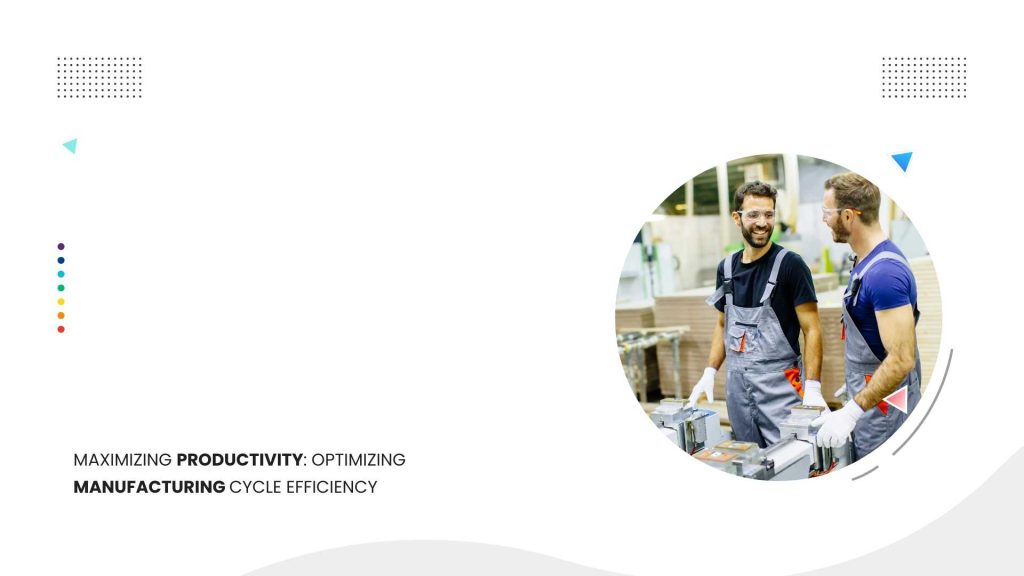Manufacturers are always looking for ways to boost productivity and cut costs. One key metric to focus on is manufacturing cycle efficiency. Improving this can have a big impact on your bottom line. This article will show you how to calculate your cycle efficiency and share practical tips to optimize it and get ahead of the competition.
What is Manufacturing Cycle Efficiency?
Manufacturing cycle efficiency(MCE) is a metric that measures the proportion of production time that is spent on value-added activities. Value-added activities refer to the steps in the manufacturing process that directly contribute to creating the final product, such as assembly, painting, and packaging.
These are contrasted with non-value-added activities, which include inspections, movements, and delays. The goal is to increase the time spent on value-added activities to enhance overall productivity and efficiency.
How to Calculate Manufacturing Cycle Efficiency
The formula for calculating MCE is straightforward:
MCE = Value-added time / Total Cycle Time
- Value-added time: The time spent on activities that contribute to creating the final product.
- Total cycle time: The total time from the start to the end of the production process, including both value-added and non-value-added activities.
Improve Your Manufacturing Cycle Efficiency
Leverage Data and Analytics
Utilize data and analytics tools to monitor production processes in real-time. Manufacturers can identify bottlenecks and make informed decisions to streamline processes by analyzing data.
Optimize the Production Schedule
Efficient production scheduling assures that resources are used effectively and downtime is decreased. Use advanced scheduling software to manage shifts, machine availability, and workflow sequences.
Streamline the Order Process
Simplify and automate the order process to reduce delays and errors. This includes integrating order management systems with production planning to ensure a smooth flow from order receipt to product delivery.
Enhance Transportation and Logistics
Improve the logistics and transportation processes to reduce delays in the supply chain. Implementing efficient routing and tracking systems can ensure the on time delivery of raw materials and finished products.
Identify Value-Added Activities
Regularly review the manufacturing process to identify and eliminate non-value-added activities. Focus on enhancing steps that directly contribute to the product’s quality and reduce time spent on inspections, rework, and unnecessary movements.
Challenges in Calculating MCE
Lack of Standardization
Without standardized procedures, measuring and comparing MCE across different departments or plants can be challenging. Establishing consistent measurement criteria is essential for accurate MCE calculation.
Distinguishing Value-Added Activities
Identifying which activities are truly value-added versus non-value-added can be complex. A thorough analysis of each step in the production process is required to make accurate distinctions.
Defining and Tracking Time Components
Accurately tracking the time spent on various activities necessitates precise and reliable data collection methods. Implementing advanced tracking systems can help capture the necessary time components.
Conclusion
Acumatica Manufacturing Edition helps you boost manufacturing efficiency, connect disparate business systems, and manage your entire business on a single, robust, future-proof platform. By leveraging such comprehensive solutions, manufacturers can streamline operations, enhance manufacturing cycle efficiency, and ultimately improve their bottom line.

Vijay comes with a vast experience in ERP and enterprise solutions space with about 20 years of experience in various packaged application like Acumatica, SAP, Orion, Salesforce.com, SugarCRM and, SalesLogix.

